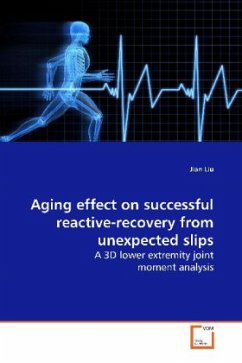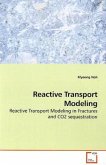Fall accidents represent a tremendous health problem
to the society, both in terms of human suffering and
economic losses. Improved understanding of
age-related biomechanical characteristics in response
to unexpected slip perturbations would enhance our
ability to identify the successful reactive-recovery
mechanisms involved in slip and fall accidents. This
book described a laboratory study having both young
and elderly participants walk over a slippery
surface. A 3D lower extremity joint moment analysis
was performed to those trials that participants
successfully recovered their balance. The findings
indicated significant age-related differences in
joint moment generation patterns. The information
presented in the book would help develop effective
fall prevention strategies and is intended for
researchers in the field of human balance and
stability control.
to the society, both in terms of human suffering and
economic losses. Improved understanding of
age-related biomechanical characteristics in response
to unexpected slip perturbations would enhance our
ability to identify the successful reactive-recovery
mechanisms involved in slip and fall accidents. This
book described a laboratory study having both young
and elderly participants walk over a slippery
surface. A 3D lower extremity joint moment analysis
was performed to those trials that participants
successfully recovered their balance. The findings
indicated significant age-related differences in
joint moment generation patterns. The information
presented in the book would help develop effective
fall prevention strategies and is intended for
researchers in the field of human balance and
stability control.








